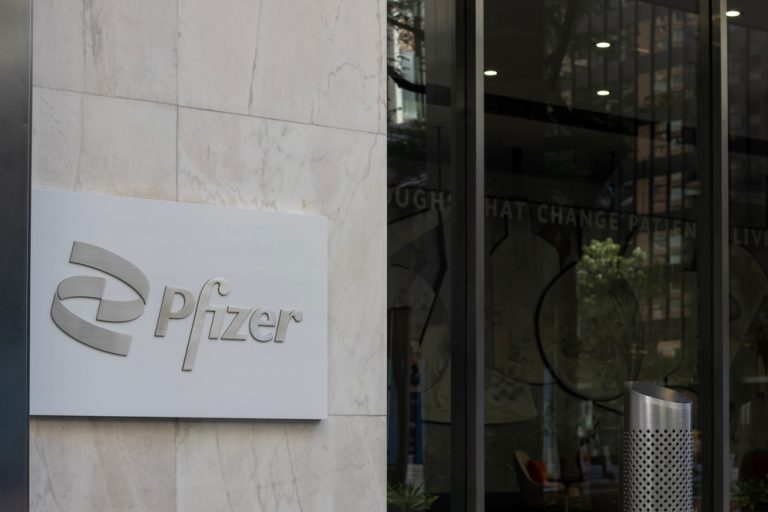Walgreens, one of the largest drugstore chains in the U.S., is set to close approximately 1,200 stores as the company grapples with growing competition from online retailers and declining profits from prescription drug payments. Over the next few years, the company announced on Tuesday that about one in seven Walgreens locations will shutter, with 500 of those closures occurring within the next year.
This significant round of closures follows an earlier announcement in June, when Walgreens revealed plans to shut down 300 underperforming stores as part of a broader optimization program. At the time, CEO Tim Wentworth had stated that about 25% of Walgreens stores were unprofitable, and that major changes were necessary to turn the company around.
Walgreens Faces Increasing Financial Pressures
The latest closures come as Walgreens faces multiple challenges in the retail and pharmaceutical sectors. Despite a 6% revenue increase in the last quarter compared to the same period a year ago, Walgreens reported a $3 billion loss due to writedowns of a Chinese pharmaceutical chain and a home care provider, CareCitrix.
Neil Saunders, a retail analyst and managing director at GlobalData Retail, described the store closures as indicative of a company in distress. “Walgreens spent years building its business through acquisitions and neglected the fundamentals of its stores and its retail operations,” Saunders told CNN. “That has pushed a lot of outlets into a position where they are losing sales and are not generating a return.”
After the announcement, Walgreens shares (WBA) rose nearly 4% in premarket trading. However, the company’s stock is down nearly 70% yearly.
Drugstore Chains Under Pressure
Walgreens isn’t the only major drugstore chain struggling with declining profits. CVS and Rite Aid have also faced significant challenges, largely driven by lower reimbursement rates for prescription drugs and heightened competition from e-commerce giants like Amazon. Amazon’s foray into the prescription drug business has shaken traditional pharmacy chains, as consumers increasingly opt for the convenience of online ordering.
CVS recently announced it would cut approximately 2,900 jobs as part of a $2 billion cost-saving initiative, adding to the 5,000 job cuts made last year. Similarly, drugstores’ front-end retail operations, which sell household items and snacks, have been under pressure from competitors such as Target and Dollar General, especially in rural areas.
In response to these pressures, Walgreens slashed prices on more than 1,000 items earlier this year, hoping to entice shoppers weary of inflation and high prices.
Course-Correcting for the Future
Despite the challenges, CEO Tim Wentworth remains optimistic about the company’s future. In a statement, Wentworth said, “The turnaround will take time, but we are confident it will yield significant financial and consumer benefits over the long term.”
For retail analyst Neil Saunders, the move to close underperforming stores may help stabilize Walgreens’ finances, but it also signals a broader struggle for the chain. “Eliminating the ‘dead wood’ will help the company strengthen its financials over time, but it is a huge admission of failure,” Saunders said.






















